The Williamson Tunnels, Liverpool: The bizarre underground system that's still a mystery, 180 years later
Were they built to survive the end of the world, or for a more mundane purpose? Annunciata Elwes delves into the Williamson Tunnels.
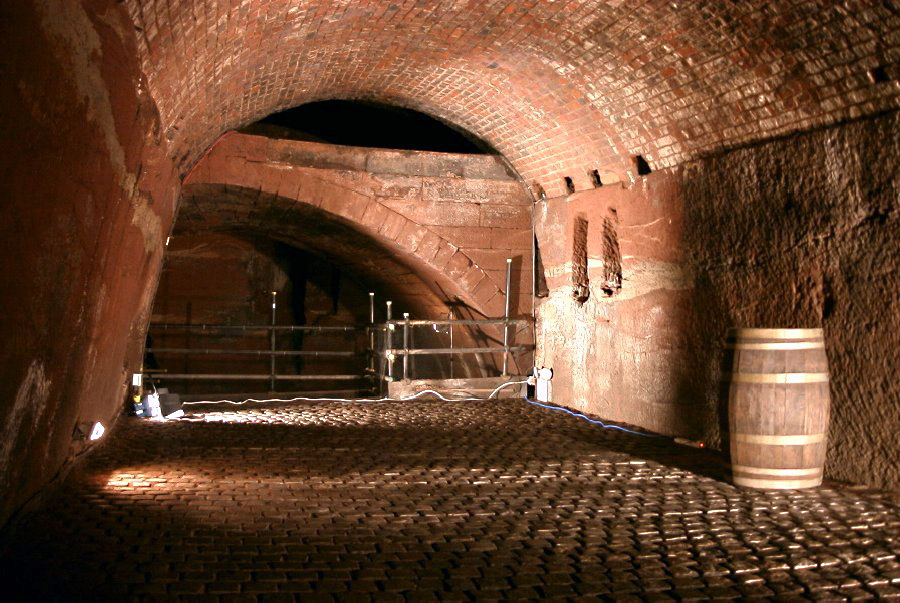

In the early 19th century, tobacco merchant Joseph Williamson started building houses near his home in Liverpool. By the time he died in 1840, one legacy of the ‘King of Edge Hill’ was a labyrinth of mysterious underground tunnels.
Some speculate that he was a religious extremist obsessed with Armageddon; others that he was a philanthropist who simply wished to employ soldiers home from the Napoleonic Wars.
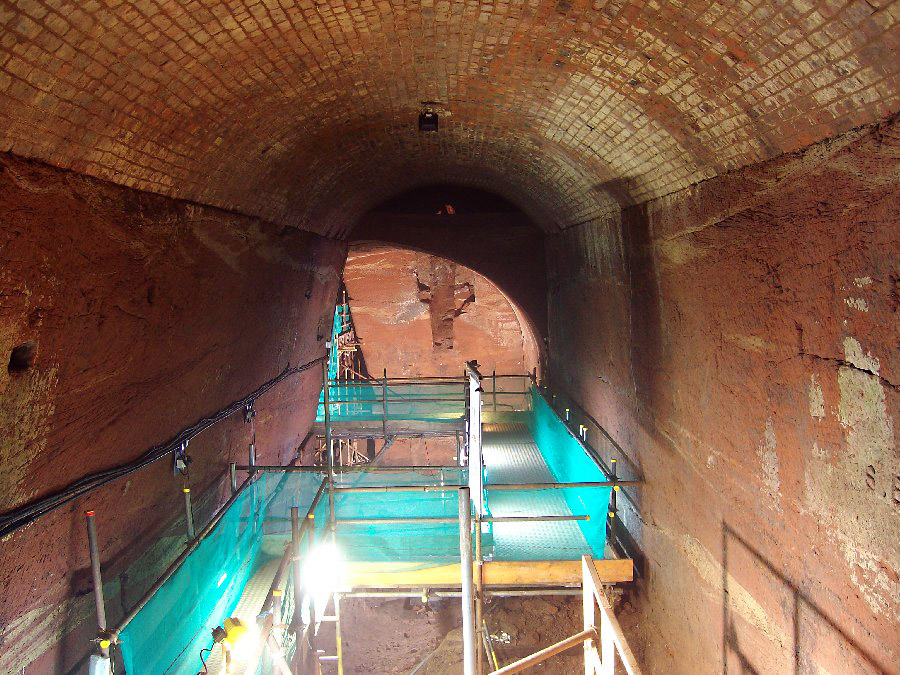
There’s no map and no one yet knows how far the tunnels stretch, but, for decades, the Friends of Williamson’s Tunnels have been clearing rubble.
Visitors can enter through a trapdoor and explore the complex, including a 64ft ‘banqueting hall’ and the triple-decker ‘Paddington Tunnels’.
See more of Secret Britain

The story of the Tomb of the Unknown Warrior, the brainchild of a Liverpool curate that touched the world
A century on from its inauguration, the Tomb of the Unknown Warrior still has the power to move us —
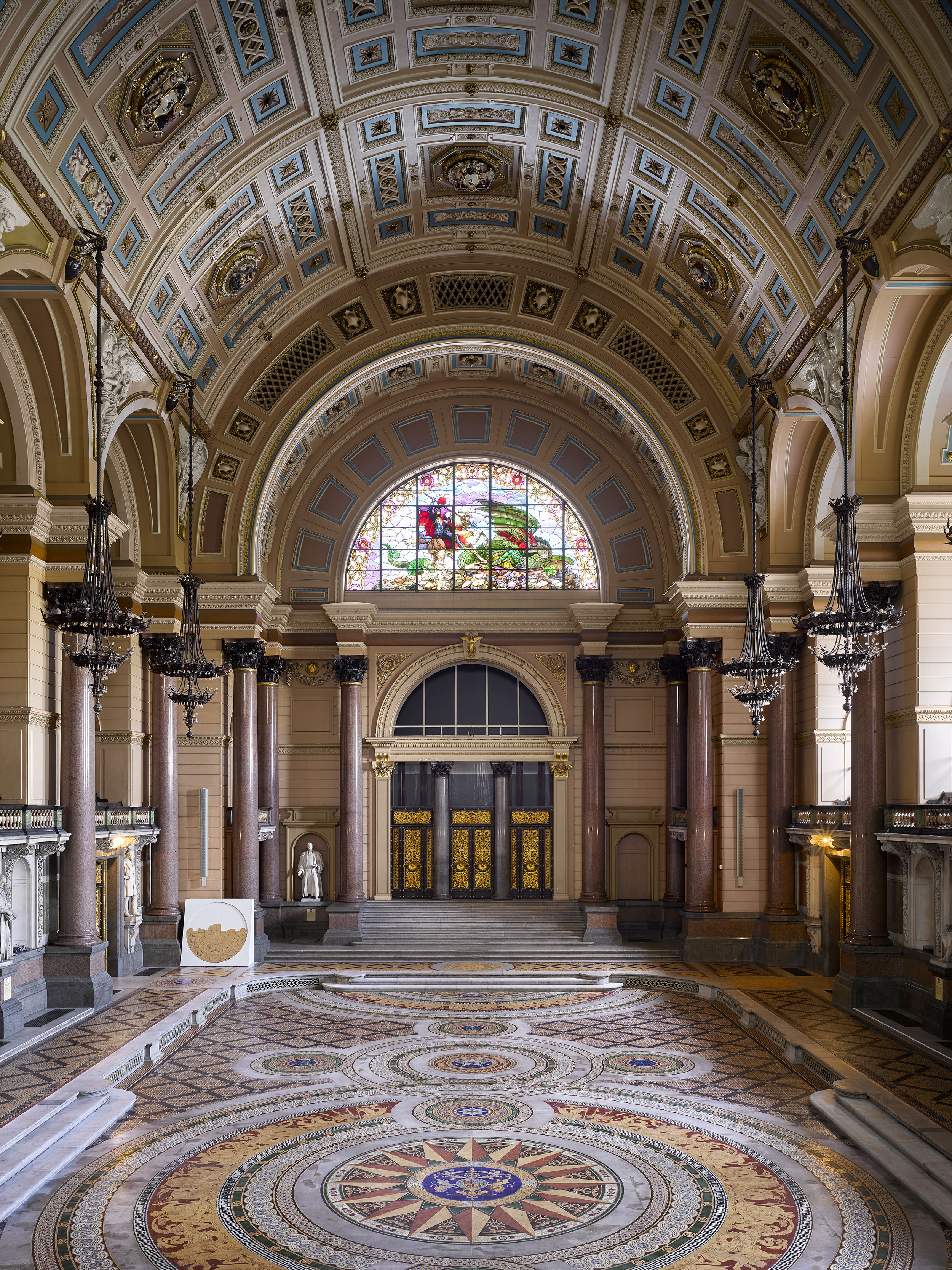
St George's Hall: Why the world’s greatest neo-Classical building isn’t in London, Paris or Rome — it’s in Liverpool
The combined demand for a concert hall and a set of law courts in the burgeoning Atlantic port of Liverpool
Exquisite houses, the beauty of Nature, and how to get the most from your life, straight to your inbox.
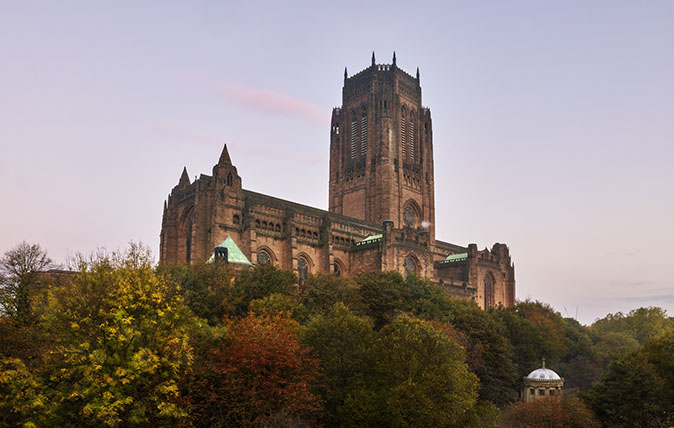
Credit: Paul Highnam / Country Life Picture Library
The Cathedral of Christ, Liverpool: The fascinating story of Britain's largest cathedral
The architect who created the red telephone kiosk and the London power station today occupied by Tate Modern also designed
Annunciata is director of contemporary art gallery TIN MAN ART and an award-winning journalist specialising in art, culture and property. Previously, she was Country Life’s News & Property Editor. Before that, she worked at The Sunday Times Travel Magazine, researched for a historical biographer and co-founded a literary, art and music festival in Oxfordshire. Lancashire-born, she lives in Hampshire with a husband, two daughters and a mischievous pug.
-
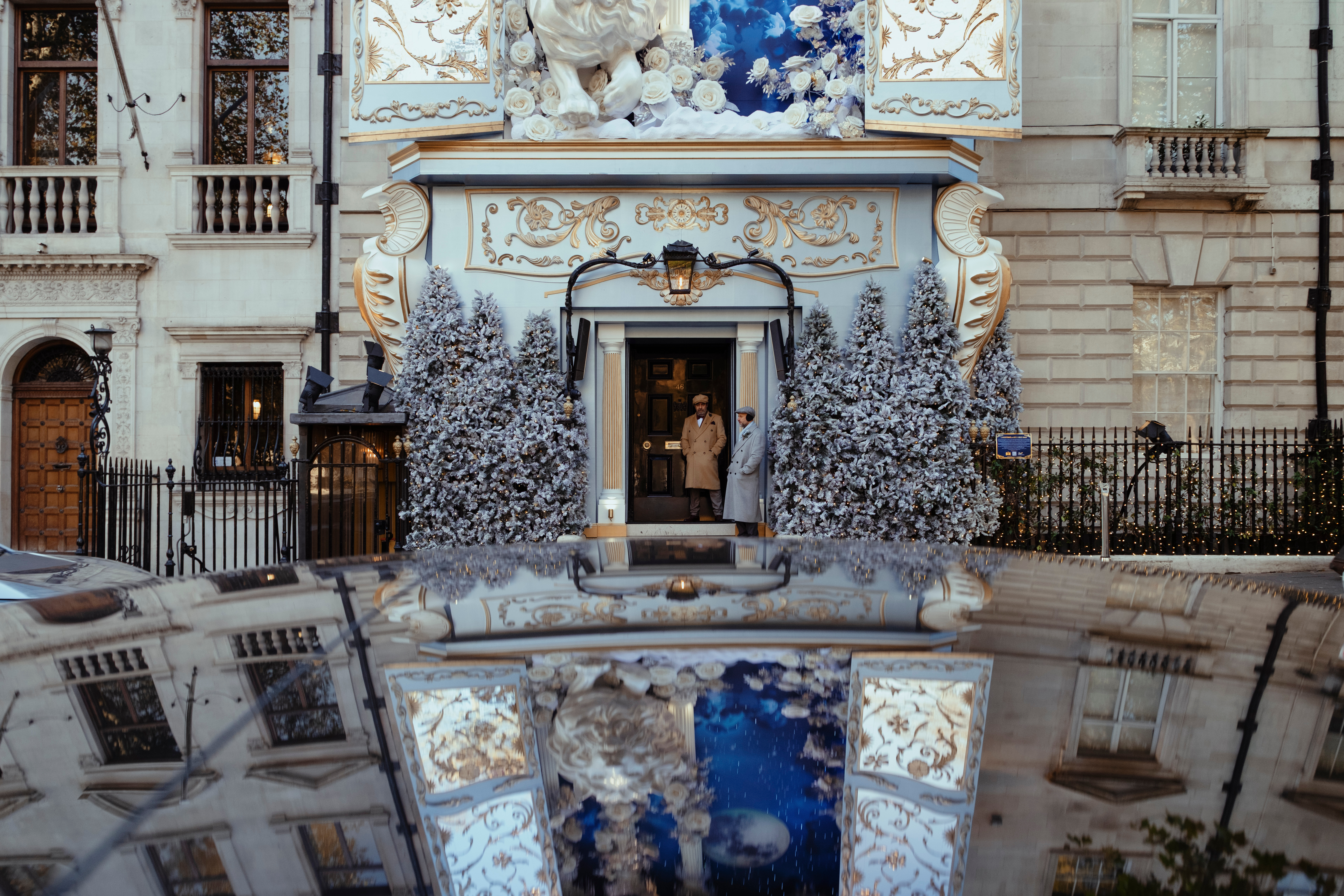 What on earth is the person who comes up with Annabel's otherworldly facade displays on? London's most magical Christmas shop displays
What on earth is the person who comes up with Annabel's otherworldly facade displays on? London's most magical Christmas shop displaysPhotographs by Greg Funnell.
-
 What trees taught me about perfect planting — Alan Titchmarsh
What trees taught me about perfect planting — Alan TitchmarshSense and patience is key to growing healthy trees, as a certain Mr Mackenzie showed a young Alan Titchmarsh
-
 St Patrick’s Chapel ruins, Heysham: The mythical Lancashire ruins with a heavenly view
St Patrick’s Chapel ruins, Heysham: The mythical Lancashire ruins with a heavenly viewAnnunciata Elwes takes a look at St Patrick’s Chapel ruins, a Morecambe Bay landmark.
-
 Suisnish, Isle of Skye: The atmospheric ruins of a Clearance village
Suisnish, Isle of Skye: The atmospheric ruins of a Clearance villageBeauty now reigns in a tragic spot where hundreds of villagers suffered during the Clearance
-
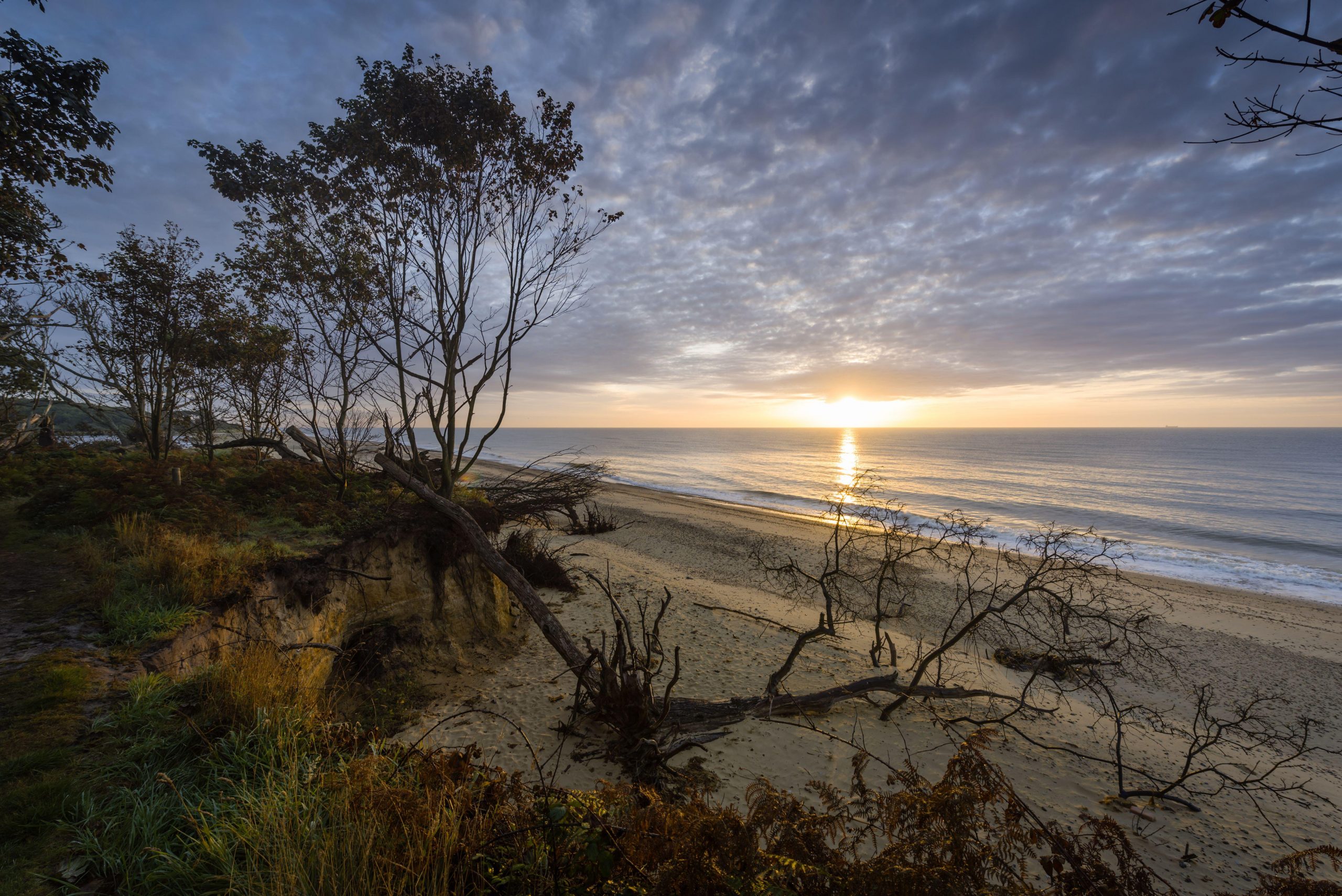 Covehithe beach, Suffolk, where the cliffs crumble like cake
Covehithe beach, Suffolk, where the cliffs crumble like cakeThe most eroded beach in Britain has a post-apocalyptic feel.
-
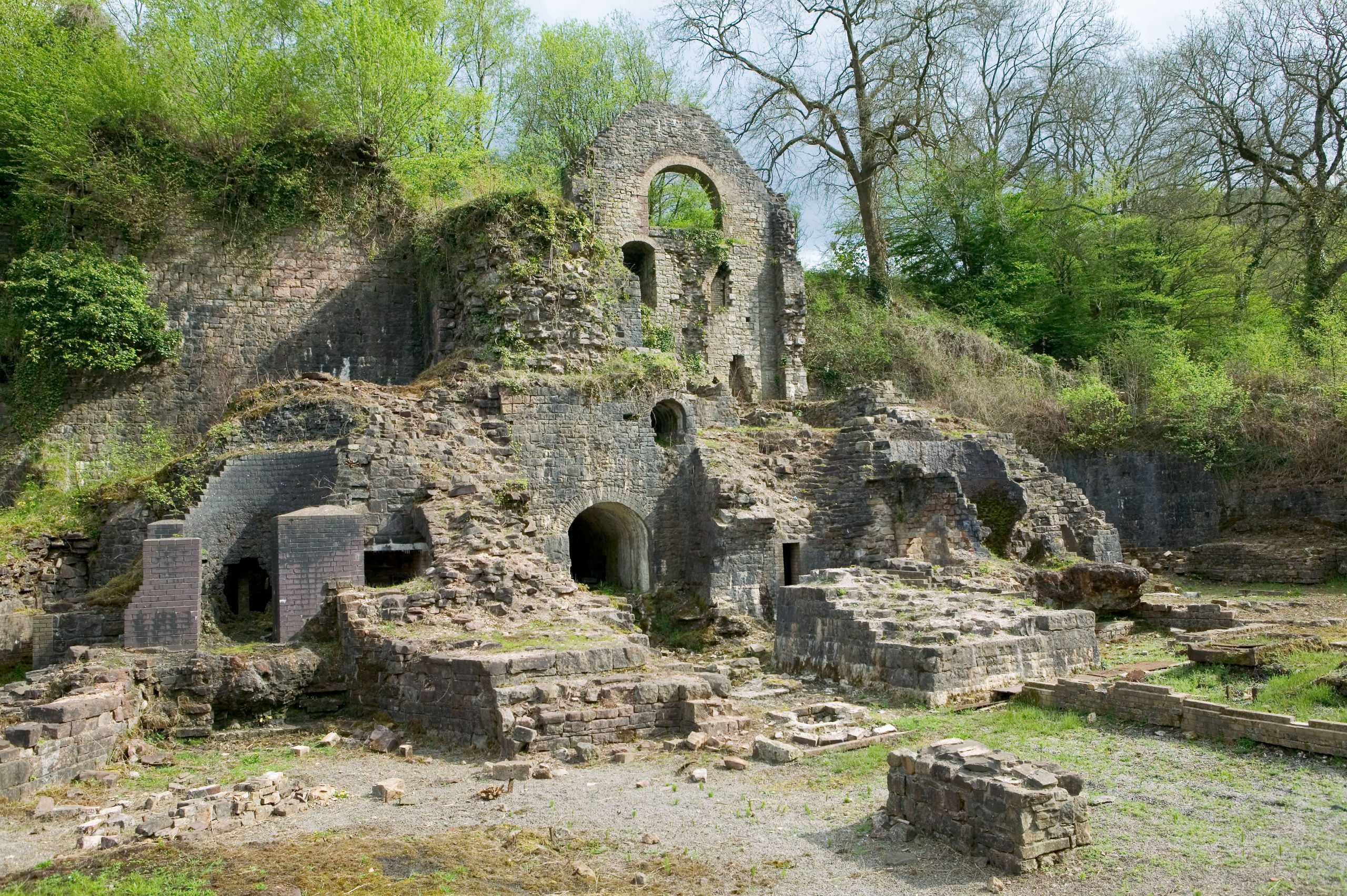 Clydach Ironworks, Monmouthshire: Ruins in the gorge that inspired Shakespeare
Clydach Ironworks, Monmouthshire: Ruins in the gorge that inspired ShakespeareAn oasis of quiet now stands where the steam hammers thudded at this Welsh ironworks, in a river valley that may have moved Shakespeare to write A Midsummer Night’s Dream.
-
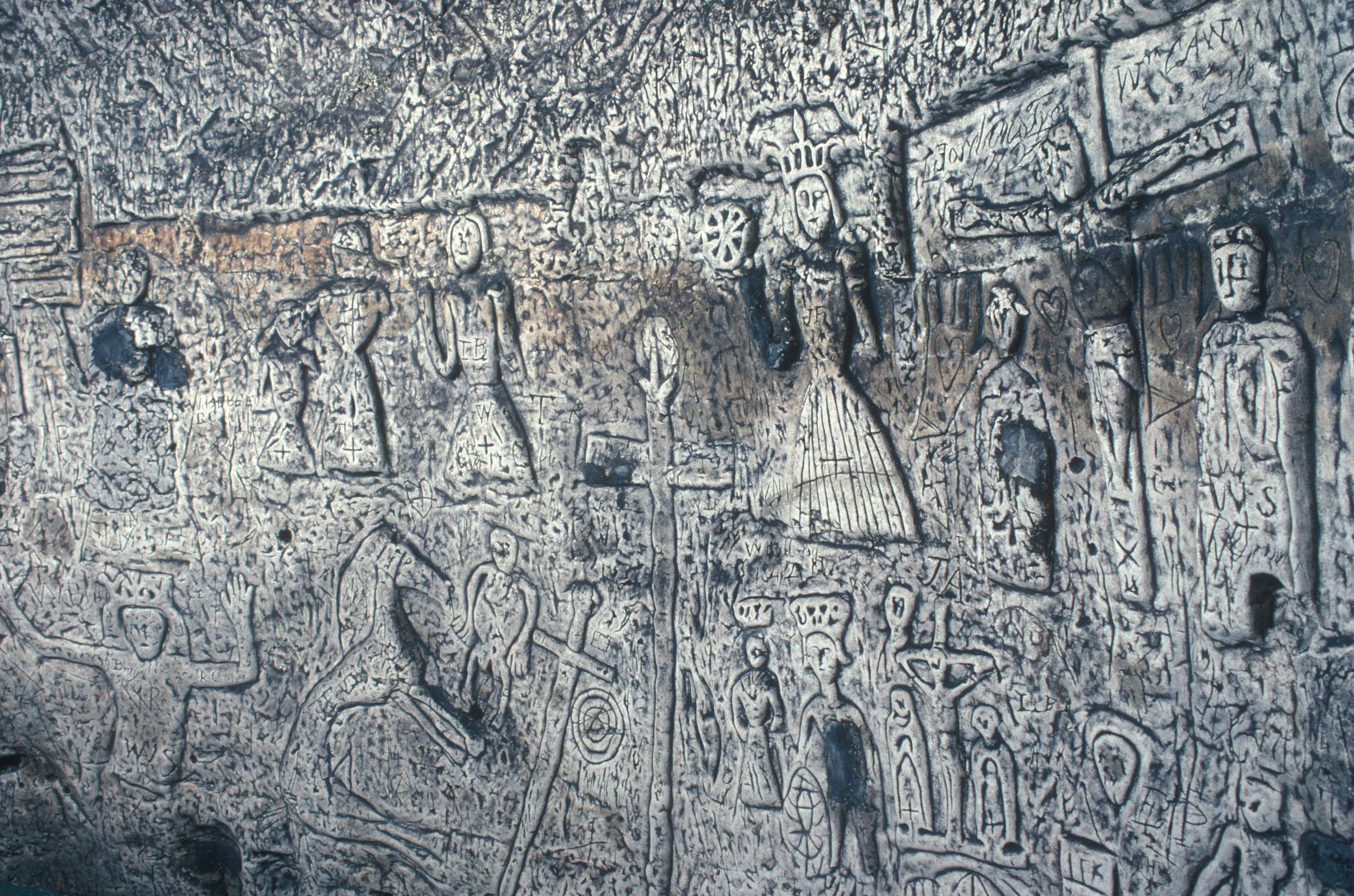 Royston Cave, Hertfordshire: A mysterious site full of sacred energy
Royston Cave, Hertfordshire: A mysterious site full of sacred energyOur Secret Britain series continues with a Hertofrdshire cave whose true nature remains unknown.
-
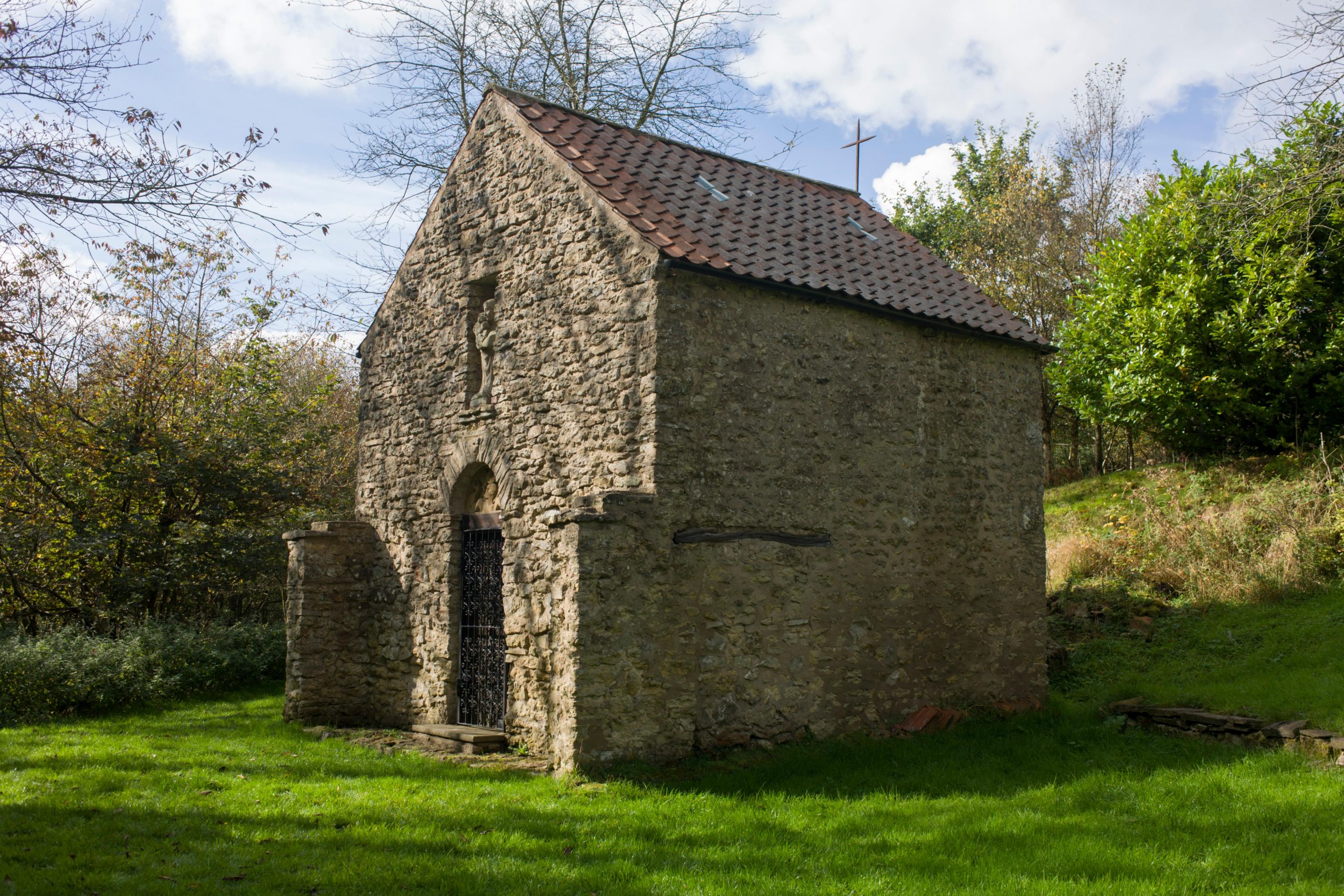 John Bunting War Memorial Chapel, Scotch Corner: The painstaking transformation of rubble to War Memorial
John Bunting War Memorial Chapel, Scotch Corner: The painstaking transformation of rubble to War MemorialAnnunciata Elwes celebrates the effort that turned a derelict house into a memorial.
-
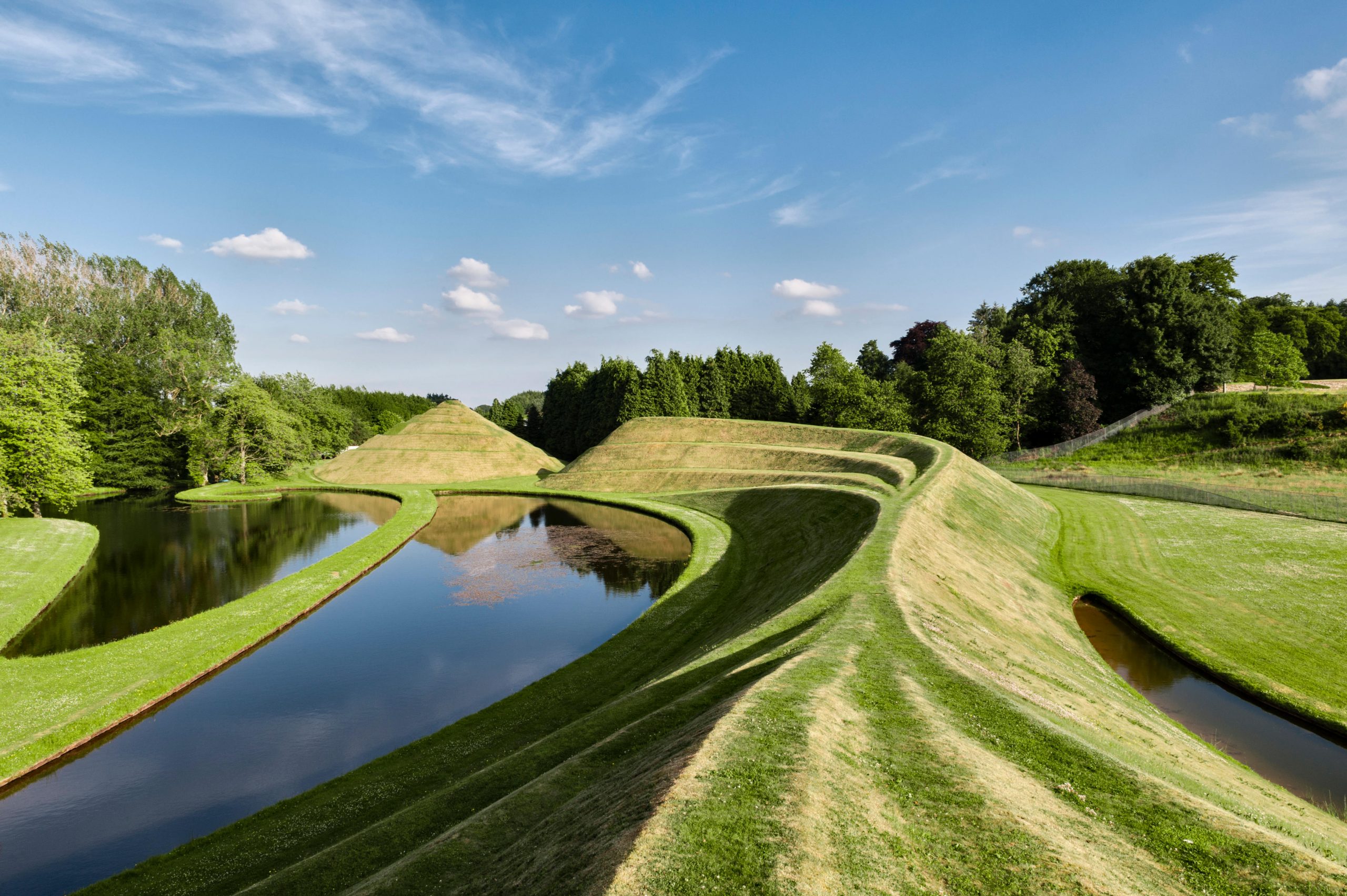 The Garden of Cosmic Speculation: The surreal space where Lewis Carroll and Willy Wonka meet Capability Brown
The Garden of Cosmic Speculation: The surreal space where Lewis Carroll and Willy Wonka meet Capability BrownSurrealism, philosophy, nature and gardening come together at the Garden of Cosmic Speculation, as Annunciata Elwes explains.
-
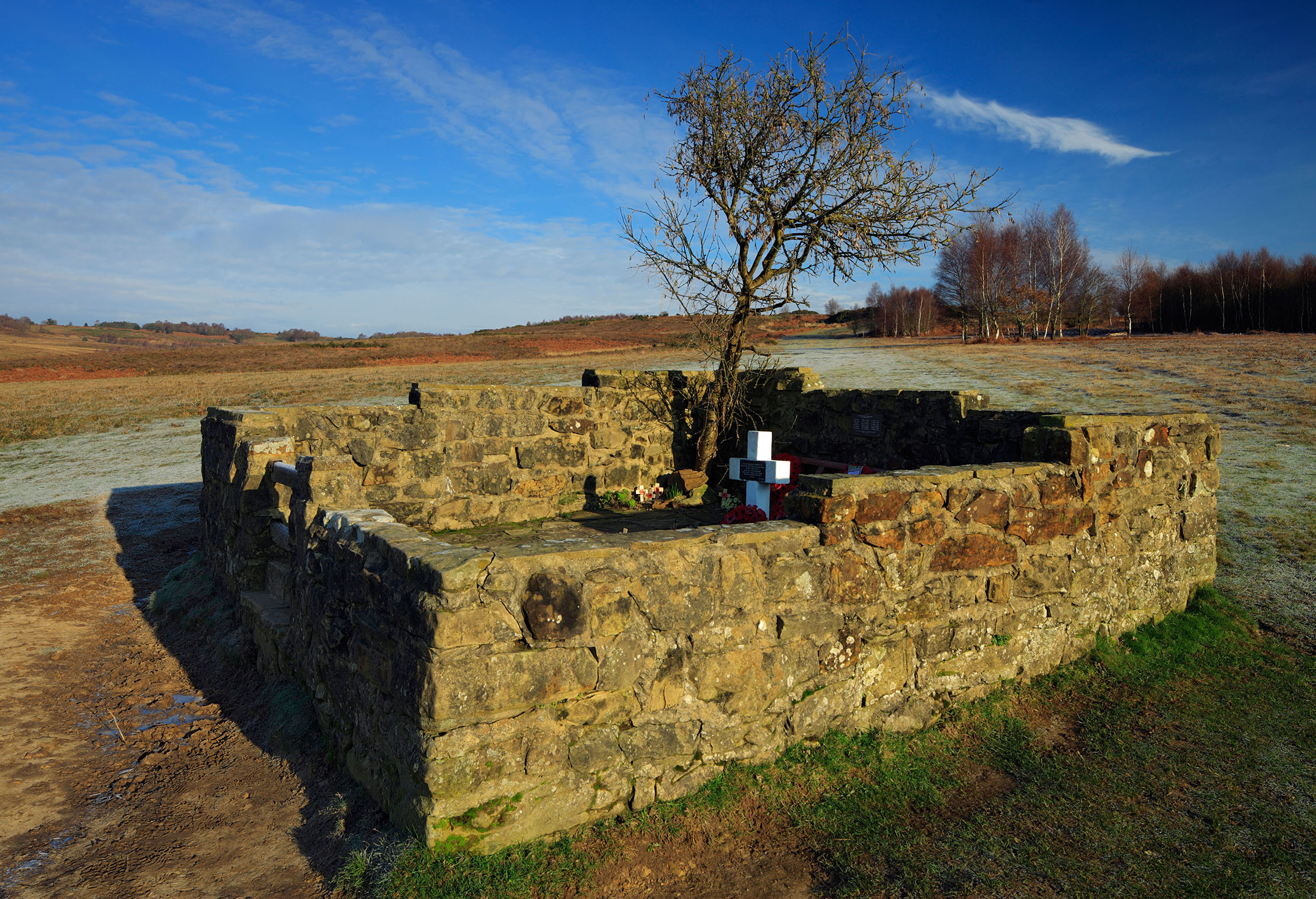 The Airman’s Grave, Ashdown Forest: A touching and little-known memorial to victims of war and fate
The Airman’s Grave, Ashdown Forest: A touching and little-known memorial to victims of war and fateA wartime tragedy in East Sussex's Ashdown Forest is among our Secret Britain picks, as chosen by Annunciata Elwes.
